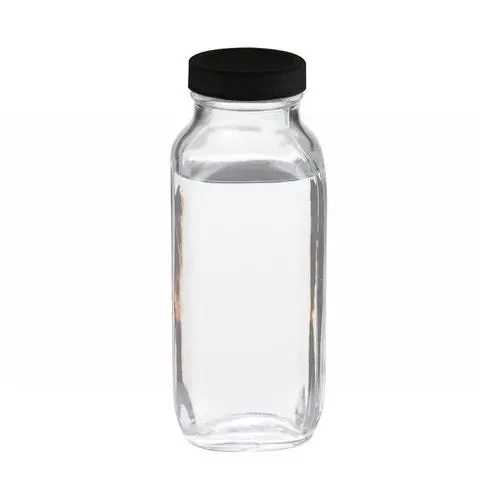Common Water Treatment Chemicals Ensuring Safe and Clean Water
Water is an essential resource for all forms of life on Earth. However, the water we access in our daily lives may contain impurities that can pose health risks. To ensure the safety and quality of drinking water, various water treatment chemicals are utilized in municipal and industrial settings. This article explores some common water treatment chemicals and their roles in purifying water.
1. Chlorine
Chlorine is one of the most widely used water treatment chemicals. It serves as a disinfectant to kill bacteria, viruses, and other pathogens in water. Chlorine is effective at various concentrations and is easy to apply, making it a preferred choice for municipal water treatment facilities. After disinfection, chlorine levels are carefully monitored to ensure they do not exceed safe limits, as high concentrations can be harmful to human health.
2. Chloramine
Chloramine, a compound formed from ammonia and chlorine, is increasingly being used as an alternative disinfectant. It provides longer-lasting residual disinfection compared to chlorine, controlling bacterial growth in water distribution systems. Chloramine is less corrosive, which helps protect the integrity of plumbing infrastructure. Despite these benefits, chloramine can cause issues for individuals who rely on dialysis or have certain fish species, making it essential for water utilities to communicate any changes in disinfection processes to the public.
Aluminum sulfate, commonly known as alum, is a coagulant used in the water treatment process. When added to water, alum helps agglomerate suspended particles, including dirt, silt, and organic matter. These larger aggregates can then be removed through sedimentation or filtration, resulting in clearer water. Alum not only aids in physical clarity but also helps remove contaminants that may harbor bacteria.
common water treatment chemicals

4. Activated Carbon
Activated carbon is often employed in the adsorption process to remove organic compounds, chlorine, and other chemicals from water. Its vast surface area allows it to effectively capture and retain impurities, thus improving the taste and odor of drinking water. Additionally, activated carbon can help eliminate harmful contaminants such as pesticides and volatile organic compounds (VOCs).
5. Lime
Lime, or calcium hydroxide, plays a crucial role in water treatment by adjusting the pH levels of water. Maintaining a balanced pH is essential for effective coagulation and disinfection processes. Lime can also precipitate unwanted minerals, effectively removing hardness from water, which is vital in preventing scale formation in pipes and appliances.
6. Sodium Hypochlorite
Sodium hypochlorite is a liquid chlorine source often used in water disinfection. It is especially valuable in emergency situations where immediate sanitation is required. This compound is effective against a wide range of pathogens and is easier to handle compared to gaseous chlorine, making it a staple for many water treatment facilities.
Conclusion
Water treatment chemicals play a vital role in ensuring the safety and quality of drinking water. From disinfection agents like chlorine and chloramine to coagulants like alum, each chemical serves a specific purpose in the complex processes of water purification. Understanding these chemicals and their functions is essential not just for water treatment professionals but also for consumers who seek to comprehend the methods used to safeguard their water supply. As society continues to grow and water demands increase, ongoing research and advancements in water treatment technologies will be necessary to ensure access to clean, safe water for all.

